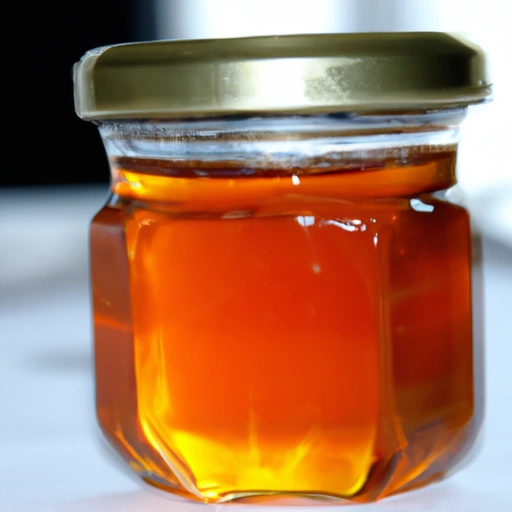Honey
Description

Honey is a natural sweetener produced by bees from the nectar of flowers. Known for its distinctively sweet taste and thick, sticky consistency, honey varies in color and flavor based on the types of flowers from which the bees collect nectar. It has been used throughout history not only as food but also in medicinal and cultural practices. Honey is measured in various units worldwide, including teaspoons (tsp), tablespoons (tbsp), fluid ounces (fl oz), cups (c), milliliters (ml), and grams (g), making it a versatile ingredient in both American and European recipes.
Common uses
Honey is commonly used as a sweetener in beverages, such as teas and cocktails, as a spread on bread, and as a natural sweetening agent in various desserts. It is also used in salad dressings, marinades, and glazes for a touch of sweetness with a complex flavor profile.
Nutritional value
Calories
A tablespoon (21g or approximately 20 ml) of honey typically contains about 60 to 64 calories.
Protein
Honey contains trace amounts of protein, with less than 0.1 grams per tablespoon.
Fat
Honey is virtually fat-free, with minimal amounts found naturally.
Carbohydrates
Most of the calories in honey come from carbohydrates, mainly sugars like fructose and glucose, totaling around 17 grams per tablespoon.
Vitamins
While not a significant source of vitamins, honey contains small amounts of B vitamins and vitamin C.
Minerals
Honey is a source of various minerals such as potassium, iron, magnesium, zinc, and calcium, though in small quantities.
Health benefits
Honey is known for its antioxidant properties and has been used traditionally to soothe sore throats and coughs. It also contains antibacterial and antifungal properties, which can aid in wound healing when applied topically. Consuming honey may also help with digestive issues, but these benefits should be approached with an understanding that honey is still a form of sugar and should be consumed in moderation.
Potential risks
Despite its health benefits, honey can be harmful to infants under one year old due to the risk of botulism. For adults, excessive consumption of honey can lead to weight gain and increased blood sugar levels. People with pollen allergies should also be cautious, as honey contains trace amounts of pollen which can provoke allergic reactions.
Common recipes
Honey is used in a myriad of recipes, from classic honey cakes and baklava to honey-glazed ham and roasted carrots with a honey glaze. It is also a key ingredient in making mead, an alcoholic beverage known as 'honey wine'.
Cooking methods
Honey can be used in cooking methods such as baking, glazing, and drizzling. It is also often incorporated into sauces and dressings.
Pairing with other ingredients
Honey pairs wonderfully with a variety of foods, such as cheeses, fruits, nuts, and yogurts, enhancing the natural flavors of these ingredients.
Summary
Honey is a versatile and natural sweetener with a rich historical background and various culinary applications. It offers nutritional benefits, including antioxidants and minerals, but should be consumed in moderation due to its high sugar content. Understanding its potential risks and health benefits, honey can be a delightful addition to a balanced diet, offering a touch of natural sweetness to a wide range of dishes.